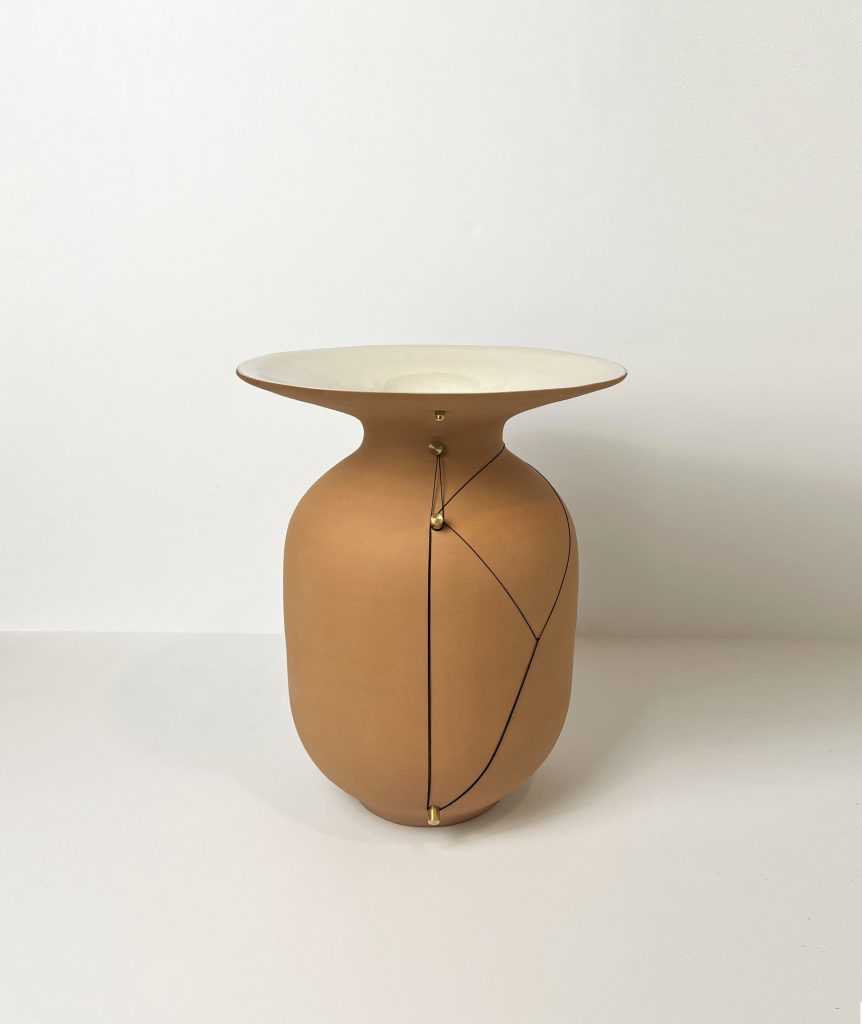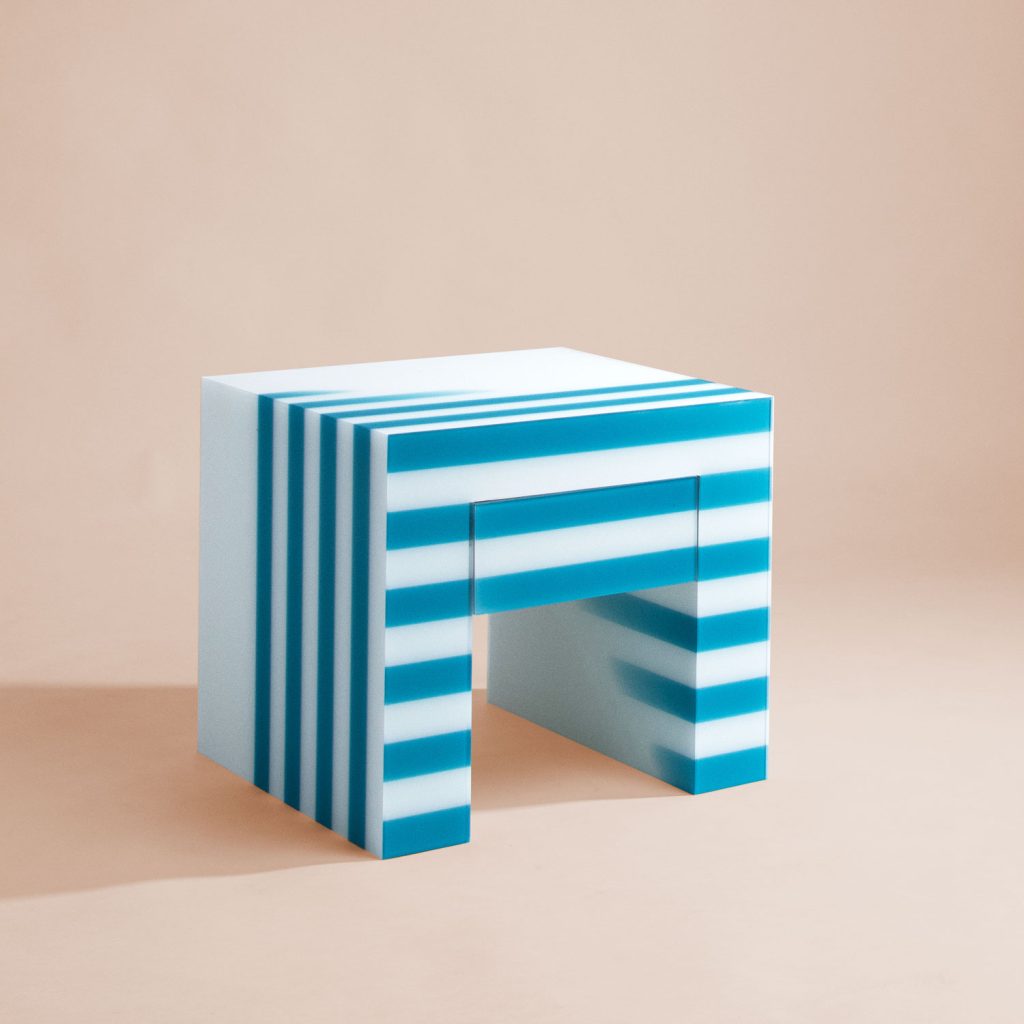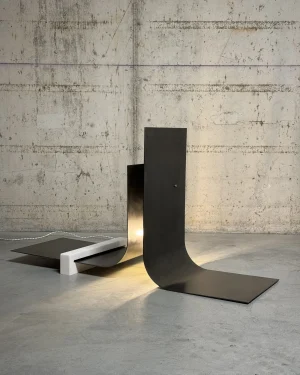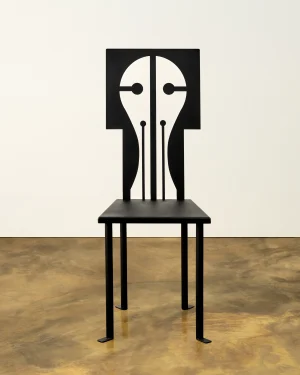
Conceptual Designs That Push Boundaries
Conceptual Design is a groundbreaking movement that breaks free from the confines of traditional design. Rooted in abstraction and intellectualism, it encourages designers to push the boundaries of creativity and engage in profound storytelling through their pieces. Influenced by movements such as Fluxus and Dadaism, this style embraces the use of unconventional materials, vibrant colors, and abstract shapes, resulting in functional artworks that challenge perceptions and evoke emotions.
What is Conceptual Design?
Conceptual Design is an innovative and boundary-pushing style that emerged in the late 20th century. It challenges traditional design norms by prioritizing ideas, concepts, and philosophies over practicality and functionality. This avant-garde movement fosters experimentation and encourages designers to think beyond conventional constraints.


The Origins of Conceptual Design
Conceptual Design emerged in the 1960s as a powerful response to the perceived rigidity of modernism and the growing commercialization within the design industry. Dissatisfied with the conformity prevalent in traditional design approaches, designers sought a fresh perspective that would prioritize artistic expression and profound conceptual thinking. Drawing inspiration from avant-garde movements like Fluxus, Dadaism, and conceptual art, Conceptual Design aimed to break free from conventional constraints and embrace a more abstract, intellectual, and thought-provoking aesthetic. Originating in cultural hubs such as New York, London, and Tokyo, this movement rapidly spread its influence worldwide, igniting the imaginations of creatives across the globe.




See More Like This: Visit Our Online Gallery of Conceptual Designs
What are the Key Characteristics of Conceptual Design?
Conceptual Design is characterized by several key features that set it apart from traditional design approaches. These characteristics include:
- Emphasis on abstract concepts and ideas.
- Non-conformity and experimentation.
- Draws inspiration from multiple disciplines.
- Minimalist aesthetics with contextual relevance.


Current Views in Contemporary Art and Design
Contemporary art and design are undergoing a transformative evolution, particularly in the realm of conceptual design. This dynamic fusion of innovation and societal relevance blurs the conventional boundaries between art and design, seamlessly integrating cutting-edge technology. Embracing sustainability and interactivity, this movement champions inclusivity, while its commitment to addressing pertinent issues reshapes the landscape of artistic expression, ushering in an era of boundless possibilities.
Read Now: 13 Unique Conceptual Seats for Every Home
The Impact of Conceptual Design on the Art World
Conceptual Design emerged as a revolutionary paradigm shift in the art world, prioritizing the exploration of ideas and concepts. It boldly transcended traditional boundaries, encouraging interdisciplinary approaches and fostering a rich landscape of creativity. As a powerful catalyst for social change, it engaged audiences through interactive and thought-provoking experiences. Its impact also resonated in art education, reshaping curricula and nurturing critical thinking. By challenging the conventional notion of artistic value, Conceptual Design left an indelible mark on the dynamic and ever-evolving art world, where its enduring influence continues to inspire and spark innovation.


Read Now: Explore the Top 10 Contemporary Conceptual Lighting Designs
Conclusion
Conceptual Design stands as a revolutionary force that has redefined the very essence of art and design. By placing ideas and concepts at the forefront, it has transcended traditional boundaries and unleashed a wave of creativity that embraces interdisciplinary exploration. Its impact on the art world has been far-reaching, inspiring artists to engage with pressing social issues and fostering a deeper connection with audiences through interactive experiences. Conceptual Design’s enduring influence can be seen in the way it has shaped art education and challenged conventional notions of artistic value. As we move forward, this avant-garde movement continues to ignite innovation, encouraging us to think beyond the confines of tradition and explore the boundless possibilities of artistic expression.




Read Now: 15 Conceptual Tables Unveiling the Essence of Design
Discover Conceptual Design on Adorno
-


 LüftBy Valentin Bauer€159€159
LüftBy Valentin Bauer€159€159 -


 Red Lovers Floor LampBy Masha Volkova€1.188 incl. tax€1.188 incl. tax
Red Lovers Floor LampBy Masha Volkova€1.188 incl. tax€1.188 incl. tax -

 Romance and Gravity CabinetBy Marija Puipaitė & Vytautas Gečas€6.500 incl. tax€6.500 incl. tax
Romance and Gravity CabinetBy Marija Puipaitė & Vytautas Gečas€6.500 incl. tax€6.500 incl. tax -

 Elixir – Glass Blown Table LampBy swati jain€3.500 incl. tax€3.500 incl. tax
Elixir – Glass Blown Table LampBy swati jain€3.500 incl. tax€3.500 incl. tax -

 Le Sentier Des Ocres – Wool Landscape RugBy Viktorija Kuliavaitė€6.250 incl. tax€6.250 incl. tax
Le Sentier Des Ocres – Wool Landscape RugBy Viktorija Kuliavaitė€6.250 incl. tax€6.250 incl. tax -

 Sports at Home I RugBy Severija Inčirauskaitė-Kriaunevičienė€8.125 incl. tax€8.125 incl. tax
Sports at Home I RugBy Severija Inčirauskaitė-Kriaunevičienė€8.125 incl. tax€8.125 incl. tax -

 Playful Happiness – Ceramic Loop HangerBy Studio Klaudyna Marciniak€163 incl. tax€163 incl. tax
Playful Happiness – Ceramic Loop HangerBy Studio Klaudyna Marciniak€163 incl. tax€163 incl. tax -

 Romantic Pride – Ceramic Loop HangerBy Studio Klaudyna Marciniak€163 incl. tax€163 incl. tax
Romantic Pride – Ceramic Loop HangerBy Studio Klaudyna Marciniak€163 incl. tax€163 incl. tax -

 Messless – WardrobeBy Joel Blanco€5.099 incl. tax€5.099 incl. tax
Messless – WardrobeBy Joel Blanco€5.099 incl. tax€5.099 incl. tax -

 “rubis” StoolBy AuchKatzStudio€1.313 incl. tax€1.313 incl. tax
“rubis” StoolBy AuchKatzStudio€1.313 incl. tax€1.313 incl. tax -

 Uniform BenchBy Flensted Mouritzen€7.500 incl. tax€7.500 incl. tax
Uniform BenchBy Flensted Mouritzen€7.500 incl. tax€7.500 incl. tax -

 La K Floor LampBy Studio Poa€3.964 incl. tax€3.964 incl. tax
La K Floor LampBy Studio Poa€3.964 incl. tax€3.964 incl. tax -

 Bucha Soberana CabinetBy Cultivado em Casa€14.971 incl. tax€14.971 incl. tax
Bucha Soberana CabinetBy Cultivado em Casa€14.971 incl. tax€14.971 incl. tax -

 Rosomak – Garage Unit Wood CabinetBy StorqueStudios€3.044 incl. tax€3.044 incl. tax
Rosomak – Garage Unit Wood CabinetBy StorqueStudios€3.044 incl. tax€3.044 incl. tax -

 Biblioteca De Referências I – Wood ChestBy Venetucci€3.238 incl. tax€3.238 incl. tax
Biblioteca De Referências I – Wood ChestBy Venetucci€3.238 incl. tax€3.238 incl. tax -

 Distruss Floor LampBy ARCANA€11.875 incl. tax€11.875 incl. tax
Distruss Floor LampBy ARCANA€11.875 incl. tax€11.875 incl. tax -

 Barricade Daybed No.3By Around the Studio€4.313 incl. tax€4.313 incl. tax
Barricade Daybed No.3By Around the Studio€4.313 incl. tax€4.313 incl. tax -

 Marbelicious – Stacked Guatemala Marble BookcaseBy Millim Studio€6.250 incl. tax€6.250 incl. tax
Marbelicious – Stacked Guatemala Marble BookcaseBy Millim Studio€6.250 incl. tax€6.250 incl. tax -

 Vent TableBy Calen Knauf Studio€1.614 incl. tax€1.614 incl. tax
Vent TableBy Calen Knauf Studio€1.614 incl. tax€1.614 incl. tax -

 Collision 2.0 – Iron & Marble Floor LampBy D'ARK atelier€1.500€1.500
Collision 2.0 – Iron & Marble Floor LampBy D'ARK atelier€1.500€1.500 -

 Tote Tray – Chrome Plated AluminumBy andykim.global€1.875 incl. tax€1.875 incl. tax
Tote Tray – Chrome Plated AluminumBy andykim.global€1.875 incl. tax€1.875 incl. tax -

 Wrench – Standing LampBy Iyo Hasegawa€2.875 incl. tax€2.875 incl. tax
Wrench – Standing LampBy Iyo Hasegawa€2.875 incl. tax€2.875 incl. tax -


 Vessel Of Light – Blown Glass / BrassBy Studio Dafi Reis Doron€1.713 incl. tax€1.713 incl. tax
Vessel Of Light – Blown Glass / BrassBy Studio Dafi Reis Doron€1.713 incl. tax€1.713 incl. tax -

 Epona Chair In Iron And Black Powder CoatBy Animate Objects€3.000€3.000
Epona Chair In Iron And Black Powder CoatBy Animate Objects€3.000€3.000










